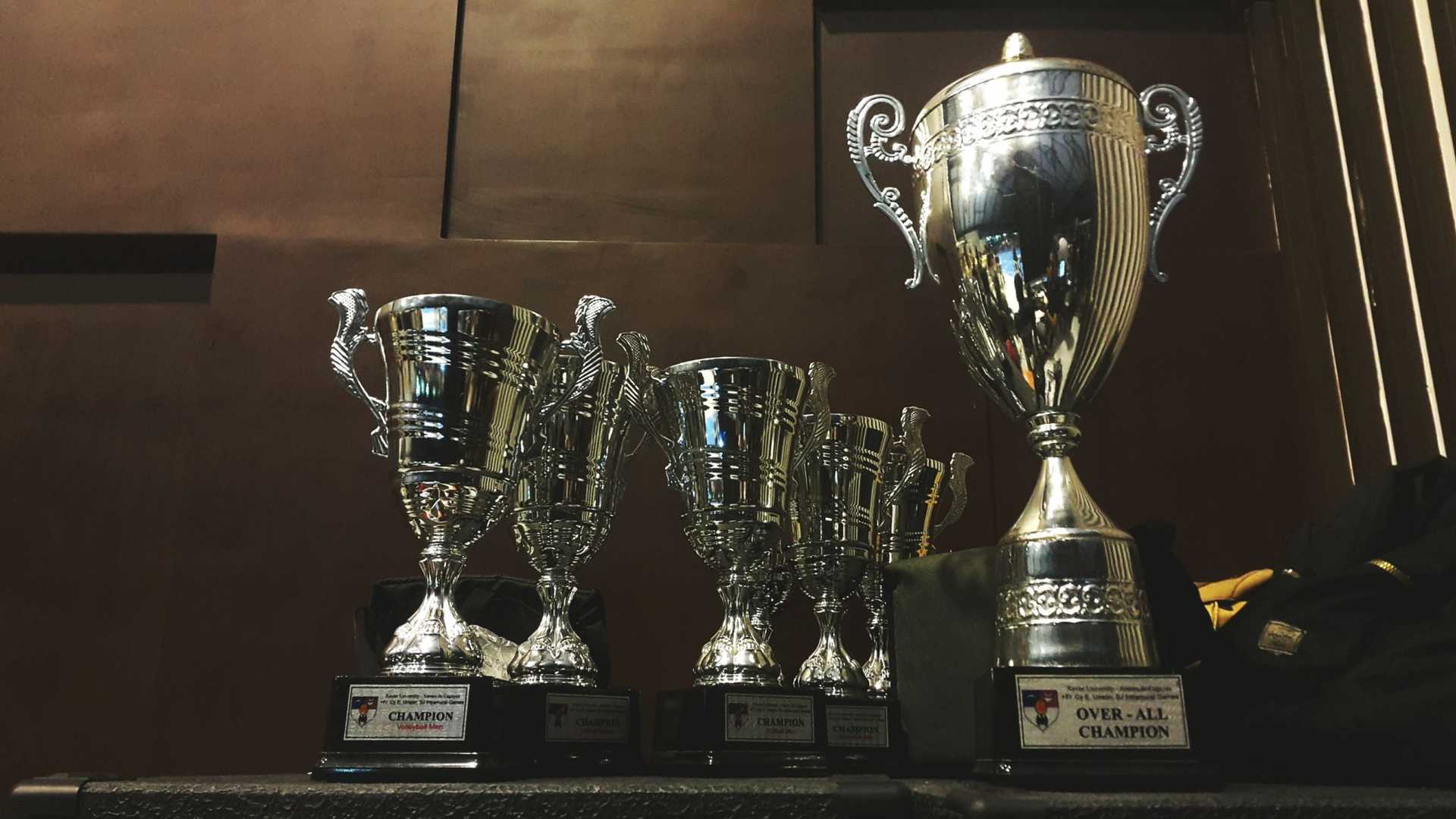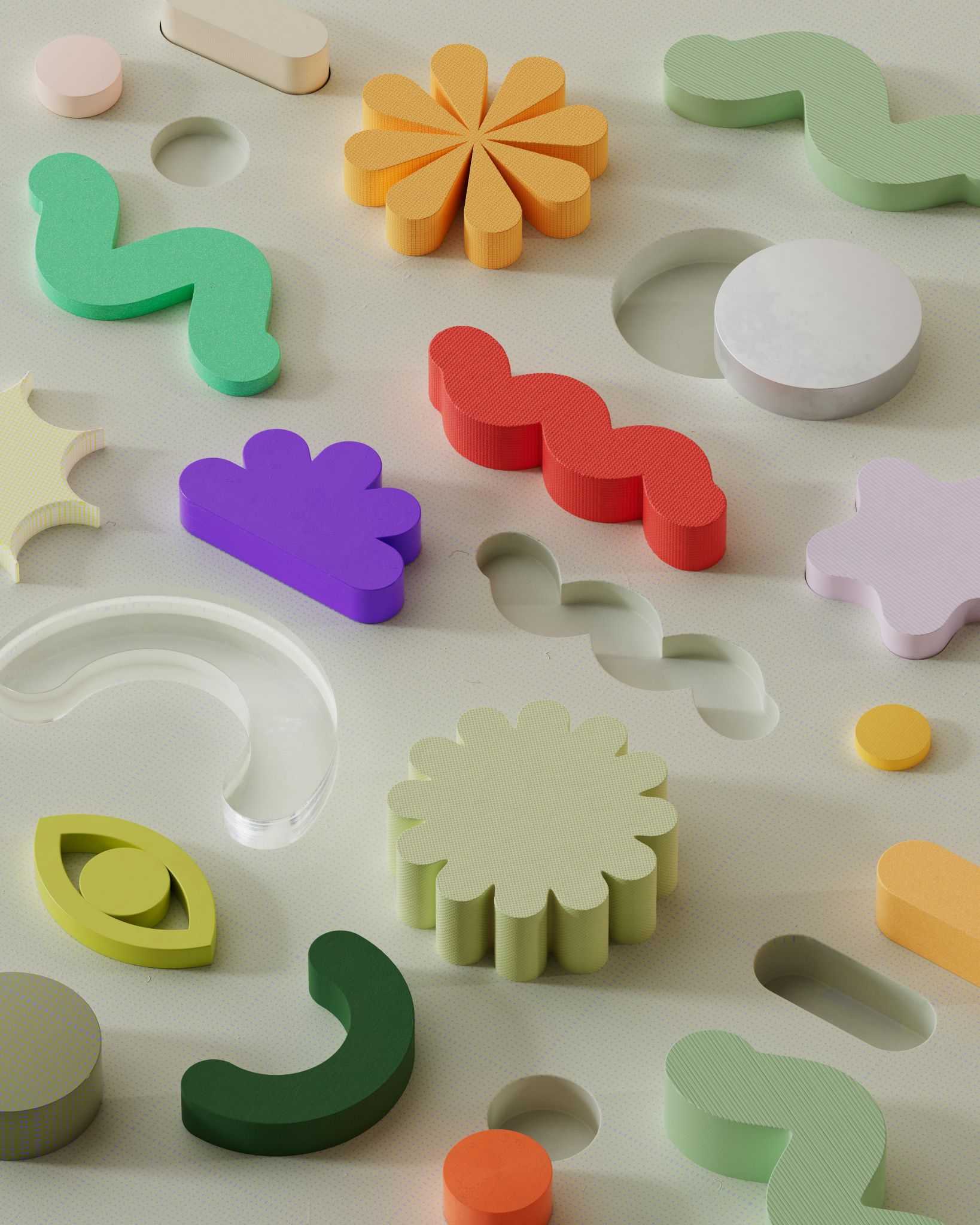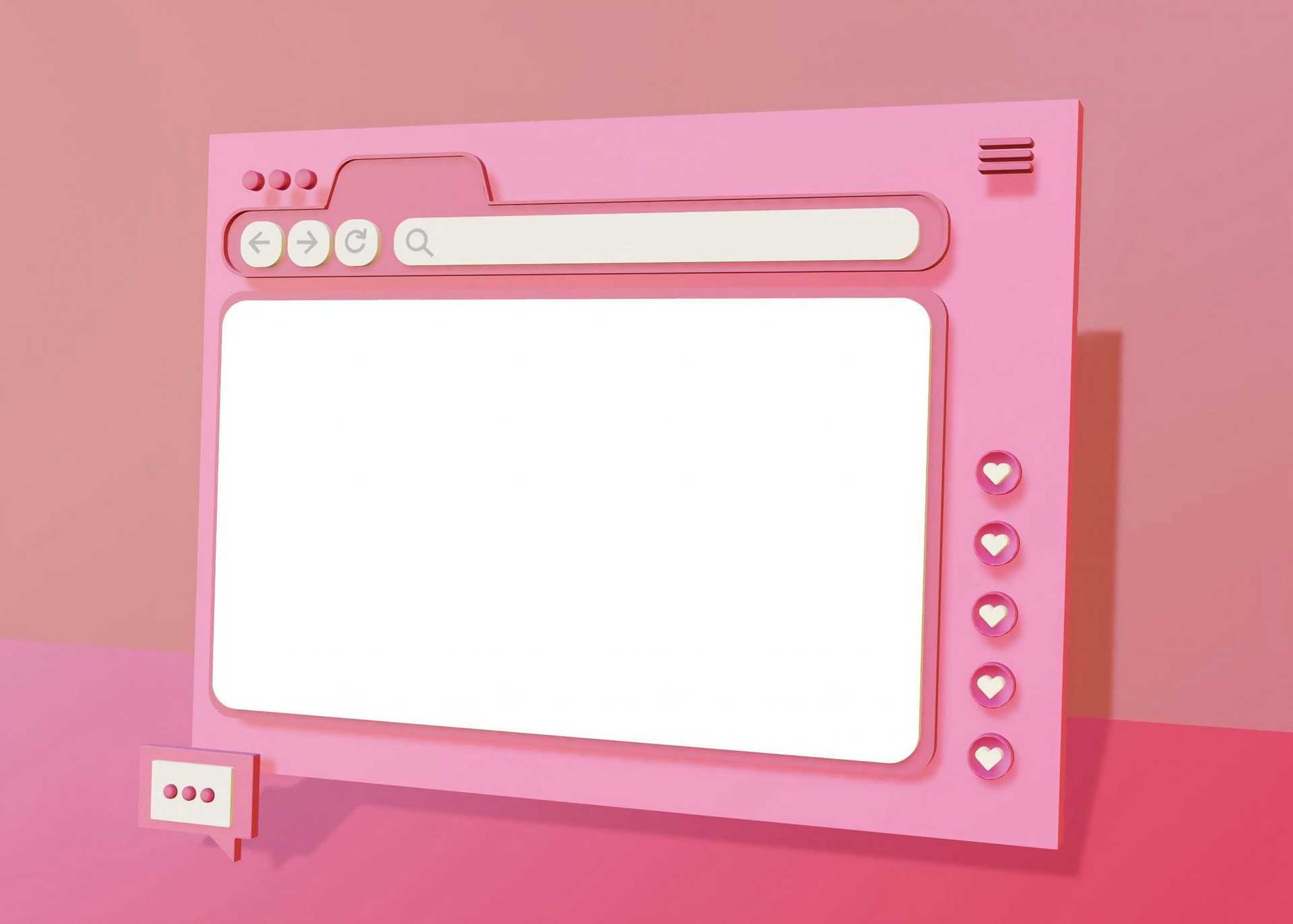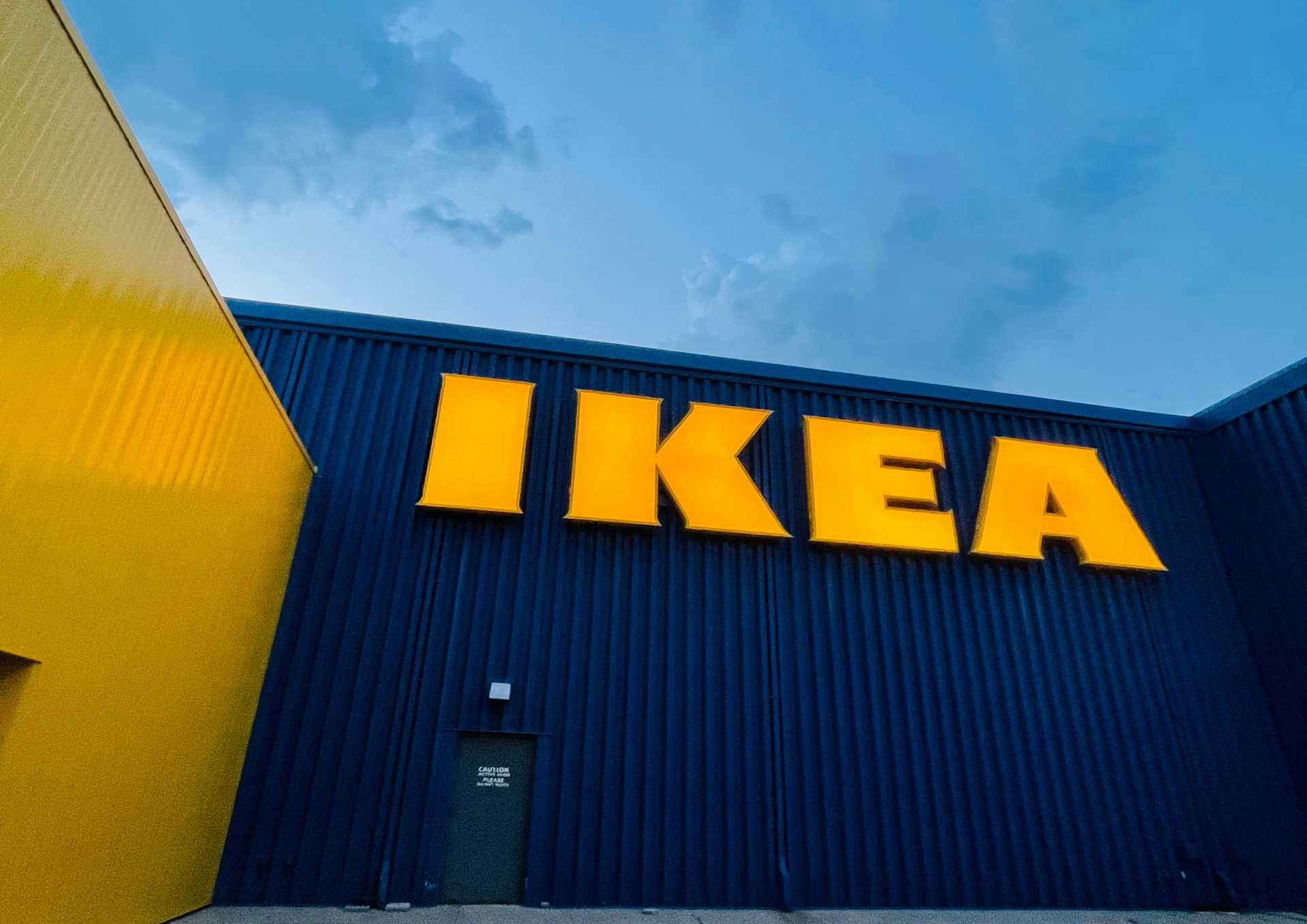
To mark Episode 10 of our Industry Spotlight series, the Flaunt Digital team sit down to discuss the best marketing campaigns of all time. Check out our YouTube channel for more videos like this.
See below for the full video transcription…
VIDEO TRANSCRIPTION:
Lee: Hello. Welcome to this week’s Industry Spotlight. This is episode 10. Today we’re going to review some of the best ever digital marketing campaigns.
Volvo – The Greatest Interception
Lee: So we’re going to start off with looking at the Volvo campaign from quite a while ago. It was done in 2015 at the Super Bowl. It was called ‘The Greatest Interception’. So the premise behind this was basically all of the main car dealers, big manufacturers, Mercedes, BMW, Honda, Toyota spent $60 million on car ads at the Super Bowl. Obviously it’s a prime time slot. They know that they’re going to get a lot of people looking at their ads at that time. That’s why it’s so expensive. So Volvo decided to not pay for an ad slot and basically try and hijack everyone else’s ads.
So the solution to this was created by Grey. So that’s a huge global agency that you’re probably aware of, but they basically seeded out campaigns leading up to the Super Bowl and aimed to get people competing in their competition on Twitter during the Super Bowl. So the idea was to take everybody’s attention from the ads that these other car brands had paid a fortune for and get people engaging with this conversation about Volvo on Twitter, and pulling everybody’s attention away from that.
Jamie: So you could win a car doing this?
Lee: Yeah. So it was a competition to support the launch of the brand new XC60. The competition was #VolvoContest where users could win an XC60.
Chris: So was there an ad slot, like, straight before the Super Bowl then? Or in the commercial break? Were literally just before or after or the months in the run-up to it?
Lee: No, they did it on social and I think they did some PR in the run-up to it.
Chris: All right. I thought it was a TV campaign running up to it that were encouraging people to get on Twitter.
Lee: No. I think they just seeded it out to influencers and it went viral, obviously, and Jimmy Kimmel, big U.S. TV presenter, talked about it and that went into one of his YouTube videos and stuff. So the hashtag was already…people were already aware of the hashtag but the result was basically in the four hour time slot for the coverage of the Super Bowl, it was 50,000 tweets, 200 million impressions. And I think they attributed back something like a 30% increase in sales for the XC60 in the US following this campaign. And basically one of the key points was when everybody was supposed to be focusing on the other car manufacturer ads they were basically looking at their phones and tweeting about this competition.
Chris: It’s completely just undercut them all. Everybody’s just ignored the other commercials that were going on.
Lee: Yeah. So I don’t know…
Chris: Hijacked their ads effectively.
Lee: I don’t know how much it cost them. I don’t know how much they paid Grey to do it, but in my opinion, that’s probably one of the greatest and best-executed campaigns that I’ve ever seen.
Chris: Yeah. I have no idea how much it cost but I imagine it cost a massive amount to get, like, prime time in the Super Bowl.
Lee: Yeah. So launch videos were seeded into online video through owned social channels, CRM channels, brand loyalists, PR generated buzz around the incentive and the initiative, including an integration with the “Jimmy Kimmel Live” show. So all of this was focused around driving people to a landing page which then kept them updated, and you basically entered, I think, by engaging on Twitter.
Chris: Yeah. I think there’s also another element to this. I think not only it’s getting a lot of attention from people like us, as well, that are talking about it now obviously.
I think the success of the campaign doesn’t just extend to the consumers who were actually involved at the time. It’s had so much awareness off the back of it for other advertisers and agencies and stuff like that. So it’s almost had broader reach just because of how good it’s been, how clever it’s been. And there’ll be other marketing agencies now that are looking to do something similar I would have thought. I guess it’s probably a one-time-only thing that they can do. They’re not going to be able to replicate that again unless somebody comes in and does something slightly more clever than what they’ve already done.
Lee: Yeah. Yeah. It’s almost like an industry proof of concept, isn’t it, for how effective it can be if you have a creative idea and you execute it well.
Chris: Yeah. Without, like, a traditional budget paid, there you go, we’re having a TV ad slot. We’re having a Super Bowl ad slot. More of a build up and a thought out campaign over a longer period.
Lee: I want to meet the person who pitched it to Volvo, though. I think that’s a feat in itself, being able to sell that kind of campaign into a brand that size and have the confidence from the brand that it’s going to deliver any kind of return at all.
Chris: Yeah. Well, it takes balls, doesn’t it, to try something like that.
Lee: Yes. So, Grey, well done.
Oreo – Dunk In The Dark
Jamie: Next campaign we’re going to talk about is Oreo’s dunk in the dark campaign. So, again, this is another one in the Super Bowl. So there’s a bit of a theme here because Super Bowl is where people spend their marketing money because it’s pretty expensive. So what Oreo did is it decided to have a, potentially a team on the ground during the Super Bowl so they could react to anything that happened. Which, again, is a risky strategy because if nothing of note happens or they can’t think on their feet and think of something cool to put out then they’ve wasted a lot of money. But luckily something did happen and they had a power outage at the stadium. So it went dark. Was it in the half time show or is it during the match?
Lee: The lights went off…
Jamie: Anyway, the lights went off in the stadium which is a pretty big deal. Super Bowl. And within, like, 10 minutes? Something daft.
Lee: No, it was quicker than that.
Jamie: Quicker than that? Oreo managed to put a tweet out. Essentially the messaging was “You can still dunk in the dark” and then there’s some sort of imagery around it being a blackout essentially. And people loved it, basically. Got tons and tons of retweets. Everyone was talking about it. It sort of won all of the advertising campaign reviews post Super Bowl. And it’s just dead simple but it’s one of the best and most well-known examples of reactive marketing, especially on social media. And Oreo like to put themself out there as a reactive brand that are, sort of, on top of current trends and stuff.
So, yeah, it went down a treat basically and that’s basically been one of the main kickoffs of reactive social media marketing, really. I think everyone stood up and took note after that. And now it’s commonplace. You see brands doing this a lot. Maybe not at that scale or to that level of success. This is one of the first times it happened at that scale but…
Lee: It’s the simplicity, isn’t it? It’s about having the foresight to see something like that happening and then jump on it. I mean, the creative’s really simple. It’s just the timing.
Jamie: It’s a risky pitch as well, though, isn’t it?
Chris: Because they had a small amount of time to put it together. They weren’t going to do anything flash were they really…
Lee: No, no. I don’t think it needs it, though, does it?
Chris: I’m surprised they could put it together in that amount of time. Quite risky because if there’s any mess ups or anything like that, you could pay for that quite heavily, couldn’t you? When you’re pushing out to a community as big as theirs, you could pay for it. Usually you like things to be thought through, don’t you, when you’re pushing stuff out on social but, yeah, I think the main thing is that the reactivity of it that’s just been…there’s not many people that could say that they’d react that quickly to news.
Jamie: No. It’s cool. But, yeah, small campaign. Not much more to it other than that. I mean it got retweeted tons of times. Grew the follower base on Instagram and Twitter by thousands from what I’m reading.
Chris: How much did they increase it from…
Jamie: Says that…
Chris: …2000 Instagram followers pregame to 36,000…
Jamie: Yeah.
Lee: This is in 2013, as well. So…
Jamie: Yeah, a while ago this.
Lee: …Instagram popularity was relatively small at that time.
Jamie: Yeah, that’s it.
Google – Year In Search
Lee: So the third one we’re going to look at is the Google Year in Search video. So this is something that they started doing every year. Basically just a really emotive style video that just gets circulated and basically looks back over the most recent year’s search activity. So what Google have seen in terms of trends and things like that. I think they’ve done this now for, what, five years? Something like that.
Jamie: Everyone else has followed suit as well. Spotify etc., year summaries. MailChimp do it, don’t they?
Lee: Yeah. I think the last one’s had something like 30 million views. And to say Google have not really done too much in terms of advertising, I think it’s probably a good shout because it makes them seem a little bit more human as well, based on the emotion that they get in the videos. So I think it’s just more of giving a bit of a face to a somewhat faceless company.
Jamie: Yeah. It’s good. Didn’t start out as a video did it? Didn’t it start as like an infographic type thing.
Lee: They used to do it like a trend thing, didn’t they, and then they started doing it into a video.
Jamie: Yeah, I think when they first did it was Google Trends even a thing back then?
Lee: It was called Zeitgeist wasn’t it?
Jamie: Was it?
Lee: I think that…yeah, they did one in 2011. Got 10 million views and it’s just grown and grown year on year. People sort of expect it now, as well, and they’re like trying to anticipate what they’re going to put in it.
Chris: That’s like the…it’s like the Christmas ads, isn’t it? Everybody’s awaiting what themes they’re going to bring up.
Lee: Well that’s the purpose isn’t it? I guess. If you can create that kind of appetite for what is essentially marketing or an advert then you’ve won.
ALS Association – Ice Bucket Challenge
Jamie: So the next marketing campaign we’re going to cover is the ALS ice bucket challenge. This is another one that’s a few years old. It’s a little bit different to the others in my opinion because this is one of the first really great, well executed, sort of nominate someone else to do something in the next 24 hours type thing. So there’s tons of these knocking about on social media that brands use all the time, but I can’t remember a more notable example as early as this. Where it’s, like, all right, nominate someone, tag them in, and get them to do the same challenge. Post a video of you and then they tag someone else in it. It’s like a chain. So, yeah, it’s like a referral almost.
Lee: Yeah, I can’t remember any charity examples. The only recent one I’ve seen, I think, is a bone marrow leukaemia one where you eat a lemon and then challenge someone else to eat a lemon.
Jamie: Well there’s that one. The…what was it? Where you’re, like, frozen in time and, like, you carry a camera around and people were doing it in changing rooms. Like NFL teams were doing it. That had a name, as well, but yeah…
Lee: Yeah, I can’t remember that.
Jamie: This is one of the most notable ones that I saw this old. Anyway, I mean obviously it’s great exposure for this charity. I’ve never heard of it prior to it. So obviously specializing in Lou Gehrig’s disease, ALS it’s supposedly commonly known as, I don’t know what that is but yeah. It’s great exposure for something like that.
Chris: People get on it without even really realizing the cause, though. They just follow the trend. I think it’s people, is just nature of being a little bit vindictive that gets it circulated. More than anything people just want to see their best mate or one of their family members have to go through it.
Jamie: Yeah. Yeah and a lot of big companies got on it, as well. So, I mean, chat shows, companies were doing it. Yeah, it went everywhere and they raised a ton of money off the back of it. And I don’t know if there was a direct incentive to donate, was there? It was just, sort of, do this challenge.
Lee: It was awareness, wasn’t it? The ice bucket challenge was basically for ALS. It was association, wasn’t it?
Jamie: Yeah. This was in 2012 so it’s a long time ago. But yeah, it went viral. Yeah, did really well. So this wasn’t even agency born. It’s just some guy who had the disease. He posted it himself, supposedly, and then it just made a chain reaction. Yeah so no agency was involved so you can do stuff like this yourself without an agency.
Lee: Yeah, apparently it increased their donations from $1.2 million to $5.7 million compared to the same period the year before.
Jamie: Awesome.
Lee: So big impact. Like Jimmy Fallon, I think…
Jamie: Yeah, another chat show host.
Lee: The American chat show host with a massive following, he did it on his show with his band and things like that.
Jamie: Did Jonathon Ross do it in the UK?
Lee: I think he…yeah, I think it went pretty far.
Jamie: It seemed like everyone seemed to do it. Yeah. Awesome. Awesome campaign.
Lee: Great effort from a charity, as well, because I think charities fall into the trap sometimes of telling a glum story in an effort to get the sympathy vote. When these kind of campaigns tend to turn it on its head and put a bit more of a positive spin on it, and I think people get G’d up and it has a bit more of a positive impact around the charity itself. Which I think is a good thing for charities to do. I think the old school way of telling a story as a charity, using a real-life example which is also good. But I think doing a positive marketing spin is a lot better.
Chris: Well, people are becoming desensitized to that kind of ad now. All you have to do is turn your telly on Saturday afternoon and there’s probably, you know, four or five with different people, different charities in the space of half an hour. You just end up desensitized to it and then you don’t know which one to go with anyway, do you really? That kind of thing, I think they achieved what they set out to achieve without even having to tell a story. So it’s effective.
Lee: Yeah, good stuff.
Coca Cola – Share A Coke
Jamie: Last one we’re going to talk about today, it’s the ‘Share A Coke’ Coca-Cola advertising campaign. This is a bit more of an offline one. You’ll have seen it inevitably. Essentially, Coca-Cola put out loads of labels on the bottles with different peoples’ names on them, and I’m not sure there’s a hashtag or something to do with it to get it going online a little bit. But everyone was sharing photos of this. So obviously you find your own name on a Coke bottle, you’re going to…
Lee: Just share a Coke.
Jamie: Yeah and then, yeah, people were taking photos of it and putting it on social media. People thought it was amazing that you could have a label with your name on it. It ran…it seemed to run forever. It must have run for about a year this thing. Something like that.
Lee: I think it’s still going, to be honest, but I saw an interview a couple of weeks ago with the CMO or someone very high up in marketing in Coca-Cola and their whole strategy is, for the last three or four years, is move to user-centric. So they’re trying to go consumer rather than just broad scale ads, which is what this is all about. I think this was the first, sort of, move into trying to personalize a massive brand.
Jamie: Yeah.
Lee: And, like, talk to people one on one.
Jamie: Yup. That’s cool. Don’t know how it worked with the printers but yeah.
Lee: Yeah.
Jamie: I wonder how many variations there were.
Lee: That’s a lot of bespoke printing on cans and bottles and labels.
Jamie: I imagine Coke have got a pretty juicy deal with a printer somewhere for printing these labels anyway.
Lee: But another good part about it was they’ve worked seasonality into it. So doing things like Father’s Day. Share a Coke with Dad. Mother’s Day, share a Coke with Mom and things like that. So it just had so many different uses and so there were legs popping out of it all over the place in terms of how they could use it. It’s been really successful. It’s still ongoing. I think it’s got to be still ongoing. There’s still people posting picture of their names on cans and things, and they’ve moved into…I’ve seen, like, bands have their own names on cans and stuff. So it’s a great idea.
Chris: What, people just on social are taking photos of it.
Jamie: Yeah.
Lee: Yeah.
Chris: I think I’ve seen one person do that.
Jamie: Well it’s a bit old now, isn’t it? But years ago you saw it all the time.
Lee: Yeah, saw one about three weeks ago.
Jamie: Yeah, people are easily impressed. Aren’t they?
Lee: It’s good to see a big brand going down a personalization and, sort of, one on one route. I like that. I think that works. I think that’s where it’s going. I think that’s something that a lot of the bigger brands are trying to achieve and I think the execution of this has worked really well.
Jamie: Agreed.




